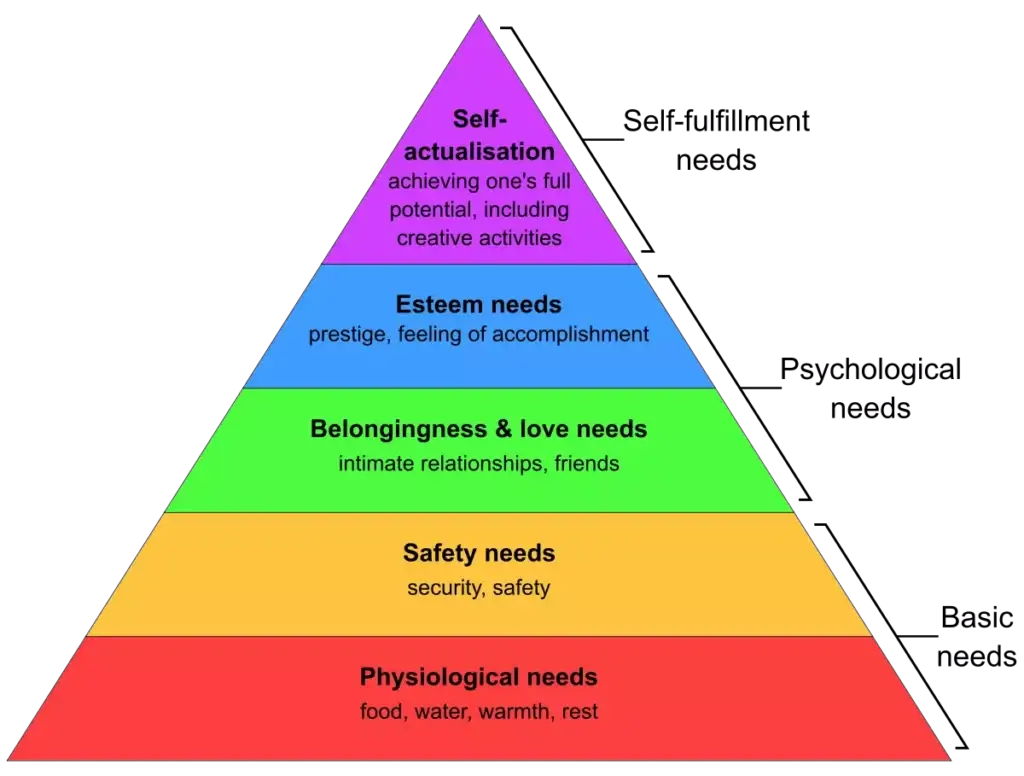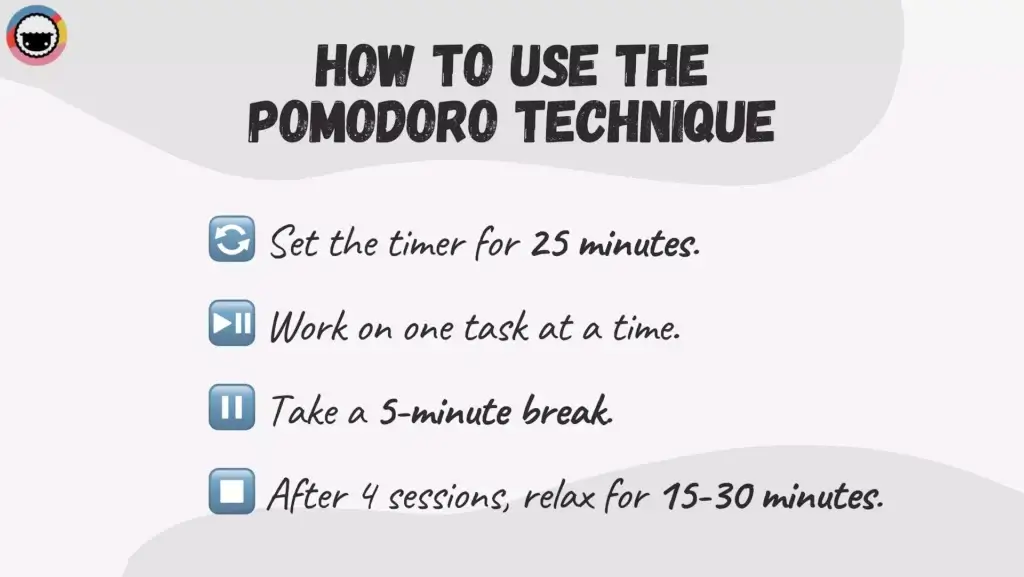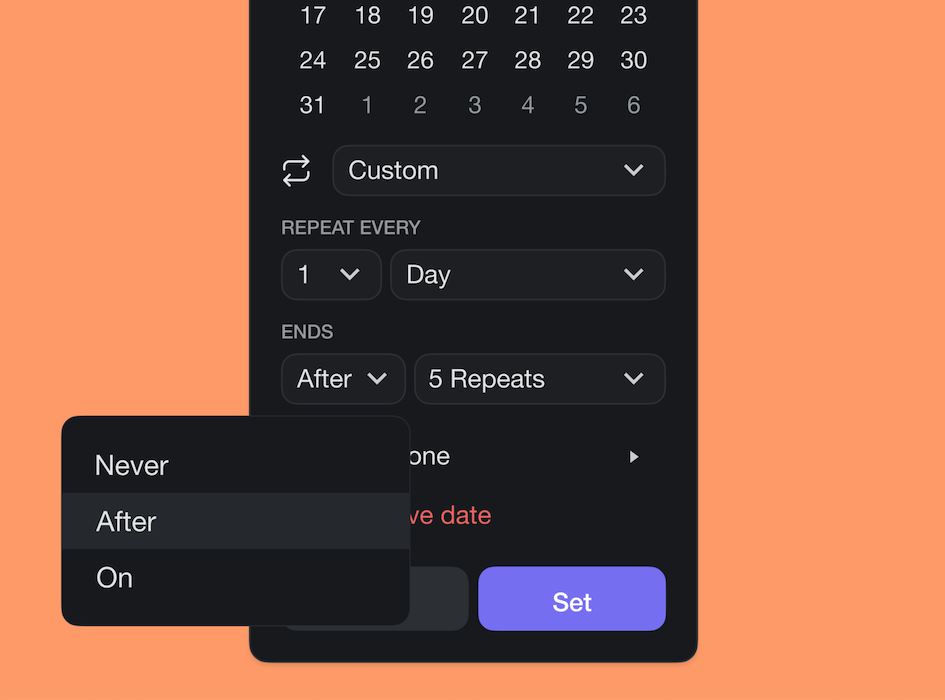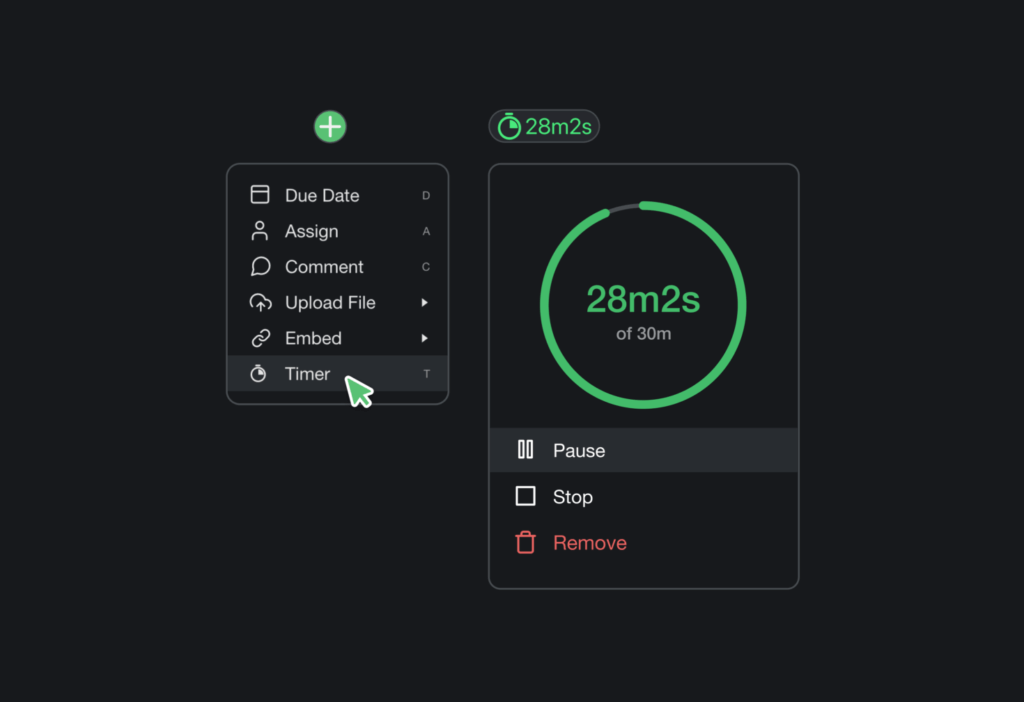Today, with the help of science, you’ll learn how to form better habits using a handful of crafty incentives. You’ll discover a handful of classic productivity techniques, build a sustainable daily routine, and make sure that all those hard-earned habits stick for years to come.

But first, we need to answer a few important questions.
⌛ How Long Does It Take To Form a Good Habit?
Positive changes in life aren’t worth much if they’re not sustainable (read: you fail to stick to them long-term). So, how long does it take to make a habit stick? Well, it’s complicated.
In 1960, American plastic surgeon Maxwell Maltz wrote a self-help book meant to help his patients adjust post-operative expectations to surgery outcomes. Maltz made an observation that it took patients an average of 21 days to adjust to the new situation.(1)
“The building of an adequate self image is something that should continue throughout a lifetime. Admittedly you cannot accomplish a lifetime of growth in three weeks’ time. But, you can experience improvement within three weeks’ time—and sometimes th improvement is quite dramatic.”
Maxwell Maltz, Psycho-Cybernetics, A New Way to Get More Living Out of Life
Of course, Maltz’s experience referred to a specific group and circumstances. After all, introducing a healthy diet or hitting the gym is not the same as undergoing plastic surgery.
But let’s dig deeper.
50 years after Maltz’s discovery, behavioral science and health researcher Philippa Lally conducted a study to settle the matter for good. After observing 96 participants for 12 weeks, Lally concluded that it can take anywhere between 18 and 257 days for a new routine to set in.(2)
In reality, there are many other factors—habit complexity and individual predispositions being the most important ingredients—that affect the process of forming a new habit.
The good news is, you can speed up the process with the right incentives.
🍪 Trick Yourself Into Getting More Work Done
The Human Brain Craves Incentives
One of the most famous psychologists to study human motivation was Abraham Maslow. Maslow understood that motivation is driven by psychological as well as physiological needs ranging from the need to satisfy hunger and thirst to the pursuit of self-fulfillment.(3)

While Maslow’s hierarchy isn’t a ready-made formula for productivity, it offers valuable clues on the type of incentives and “triggers” you can leverage to form better habits.
And that takes us to the concept of positive reinforcement.
Psychologist B.F Skinner theorized that human behavior is reinforced by rewards. According to Skinner, positive reinforcement is the act of rewarding a certain behavior so that it’s more likely to be repeated. Every reward (like a chocolate cookie) “teaches” the brain to seek pleasure in repetition (5).
“The strengthening of behavior which results from reinforcement is appropriately called ‘conditioning’. In operant conditioning, we ‘strengthen’ an operant in the sense of making a response more probable or, in actual fact, more frequent.”
B.F. Skinner(6)
When we get rewarded, neural pathways in the brain are activated to release dopamine which, in turn, makes us feel good. It’s also been suggested that dopamine is involved in encoding the memories associated with rewards, further reinforcing specific behaviors.”(7)
With that in mind, let’s look at some of the ways you can “trick” your brain into getting stuff done.
A New Twist on the Pomodoro Technique
If you’re a regular reader of the blog, you’ve probably seen our recent article on the Pomodoro technique. tl;dr This classic productivity technique uses a simple kitchen timer (a smartphone works too) to help you tackle work in 25-minute increments, with a 5-minute break in-between.
Here’s a Pomodoro cheat sheet with step-by-step instructions:

During a Pomodoro session, you focus on one task at a time to ensure maximum productivity. But what if you could implement Skinner’s positive reinforcement theory into the Pomodoro technique and incentivize each uninterrupted work interval? See where we’re going with this?
At the end of every 25-minute interval, add a little reward to your 5-minute break. Do the same for every longer break after four successful sessions. Here are a few reward ideas:
- 🍪 Treat yourself to a light snack.
- 🎵 Listen to some relaxing music.
Scroll through social media.- 🏃♂️ Stretch or do a few sit-ups.
- 🌳 Take a refreshing walk outside.
- 📚 Read your favorite book.
- 🎙️ Listen to an interesting podcast.
Make sure to experiment with a few different incentives and find the one that motivates you to keep going. Want to take it a step further? We have you covered. 👇
Raise the Stakes and Delay Gratification
In the 1960s, Walter Mischel, a psychologist who specialized in personality theory, invented the Marshmallow test. In what’s known as “the Stanford marshmallow experiment,” Mischel attempted to measure a child’s ability to delay gratification and its implications on performance later in life.(8)
The Marshmallow test works like this. 👇
- 🧒 Place a child in a room with a table and a chair.
- 🧁 Place a marshmallow or other treat on the table.
- ✋ Promise the child a reward if they resist eating the marshmallow for 5 minutes.
- ⏱️ Leave the room so that the child is alone with the marshmallow for 5 minutes.
- 🧁 Reward the child with another marshmallow if they succeed.
In follow-up experiments, Mischel concluded that children who were able to resist the temptation of eating the marshmallow and control their impulses did better in life later on.
The importance of delayed gratification is also highlighted by Pulitzer-prize winner Charles Duhigg in his book The Power Of Habit. According to Duhigg, the ability to resist immediate gratification is one of the strongest predictors of success in any area of life.
“Typically, people who exercise, start eating better and becoming more productive at work. They smoke less and show more patience with colleagues and family. They use their credit cards less frequently and say they feel less stressed. Exercise is a keystone habit that triggers widespread change.”
Charles Duhigg, The Power Of Habit.(9)
You can combine the Marshmallow test with the Pomodoro technique and reap the benefits of delayed gratification. Here are a few possible experiments to get you started:
- 2️⃣ Run 2x Pomodoro sessions. If you usually reward yourself with a snack after every 25-minute interval, try delaying (and doubling) the reward until you’ve completed two consecutive sessions.
- ☝️ Stay focused for one hour. Feeling adventurous? Experiment with the duration of your Pomodoros to find the interval that works for you. You can even try a 1-hour Pomodoro and reward yourself accordingly.
- 🎮 Set a special reward. Keep the activities you enjoy the most for long Pomodoro breaks. That could be anything from a long, relaxing walk to 25 minutes spent with your favorite video game.
Combining the Marshmallow test with the Pomodoro technique is an excellent way to raise the stakes and enjoy deep, focused work even more. And now, let’s learn how to make those habits stick for life.
But wait! Did you know that there’s another method that closely mimics the Pomodoro technique? Check out this guide on how to use the Flowtime Technique to learn more.
🔐 Make Sure Your Habits Are Here to Stay
If you want to be truly productive, you need to make some sacrifices… Just kidding! Here are some tips that’ll help you reinforce your habits and make them a permanent part of your daily routine.
- 🧘♂ Listen to your body. Don’t be too hard on yourself. Exercise self-awareness and slow down whenever you feel overwhelmed. Don’t be afraid to take a longer break every once in a while.
- 😴 Catch some healthy z’s. Make sure that you get 7-8 hours of healthy sleep every night. Getting stuff done is important, but you can’t function at peak performance without sleep (unless you’re a robot).
- 🔄 Set recurring reminders. Memory is fallible, that’s why you need a backup for all the tasks you want to accomplish. Use Taskade’s recurring tasks feature to automate your daily routine.

- 🏃Exercise. Every positive habit helps you build up the momentum for change. Keep your body in good shape and use those precious minutes away from the screen for some good ol’ PT.
- 🍅 Trust the Pomodoro. The Pomodoro Technique is simple but powerful. Use the countdown timer built into Taskade to keep track of your work sessions. Check this guide to learn how to set it up.

- 🙌 Enjoy the process. Add your favorite productivity techniques to your daily routine. They will help you stay on track and keep your habits going when everything else fails.
- 💬 Find an accountability buddy. Everybody needs words of encouragement once in a while. Taskade lets you chat or jump on a video call with your friends and colleagues completely for free!
- ✅ Create a daily checklist. A well-organized checklist will keep focused on your goals, even during the most challenging moment of the day. Not sure where to start? Jump here for 500+ free templates.

- ✈️ Go on a holiday. Finally, don’t forget about the biggest reward. Set some time each year to go on a holiday and completely detach yourself from work. You deserve it!
👋 Parting Words
Learning how to form better habits is a marathon, not a sprint. It’s important that you start with baby steps and introduce changes in increments. After all, you don’t want to get overwhelmed or discouraged and drop a winning routine after a week, right?
Here’s a recap of everything you learned today. 👇
- 🗓️ Step 1: Give yourself at least a month to form a new habit.
- 🍅 Step 2: Use the Pomodoro technique to maintain focus.
- ➕ Step 3: Combine a Pomodoro timer with other productivity methods.
- 🏔️ Step 4: Gradually increase the difficulty and complexity of your habits.
- ⛓️ Step 5: Create a self-reinforcing chain of positive habits.
- ☀️ Step 6: Enjoy the results!
And if you still need some help… try Taskade! 🐑
Taskade is an all-in-one project and task management tool that will help you design your daily routine from the ground up. But that’s not all. Taskade lets you take and organize notes, keep track of to-dos, create beautiful checklists, and capture world-changing ideas in one place.
Sign up for a free Taskade account today or drop by our demo page to test things out! 👈
If you enjoyed reading this article, check other similar articles on the blog.
- 🏡 Work From Home: Where Is it Heading?
- 💻 The Art of Quick Sync-Ups for Remote Teams
- 🚀 Why Distributed Teams Are the Future of Workforce
Till next time! 👋


 How to Use the Method of Loci in 2024 — A Mnemonic Device for Memorization
How to Use the Method of Loci in 2024 — A Mnemonic Device for Memorization  Here’s How Eat the Frog Can Boost Your Productivity in 2024!
Here’s How Eat the Frog Can Boost Your Productivity in 2024!  8 Best AI Tools For Team Productivity
8 Best AI Tools For Team Productivity  Creating AI Agents to Boost Your Coding Efficiency
Creating AI Agents to Boost Your Coding Efficiency  Gantt Charts vs. Roadmaps: Choosing the Right Tool for Your Project
Gantt Charts vs. Roadmaps: Choosing the Right Tool for Your Project  11 Best AI Tools for Writers to Create Content at Scale
11 Best AI Tools for Writers to Create Content at Scale